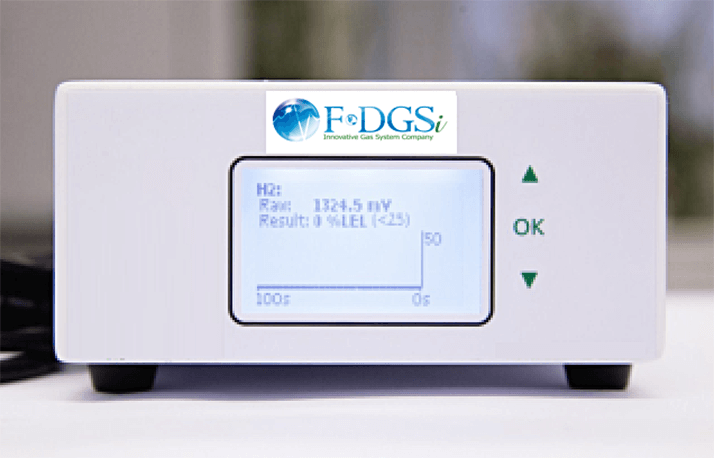Introduction
Hydrogen has long been considered as the best carrier gas for gas chromatography. In many cases hydrogen has become the carrier gas of choice since it results in fast analysis, high efficiency, reduced costs, and prolonged column life.

Fast analysis
The diffusion rate of hydrogen and helium are roughly the same (both 3-4 times faster than N2), but hydrogen is half as viscous as helium and therefore the linear gas velocity is higher and retention times are shorter in isothermal analysis.

High efficiency
Hydrogen has the flattest Van Deemter curve. Compared to helium and nitrogen, hydrogen needs the lowest plate number to achieve the same resolution over a large range of linear velocity.
Prolonged column life
For some applications, a temperature program can be used to speed up the analysis when using helium as a carrier gas, but this may result in a shorter lifetime of the column due to higher temperatures.
Reduced costs
Helium, a rival to Hydrogen has its advantages as a carrier gas for GC; but it also has key disadvantages which are cost and availability. A tank of GC quality hydrogen is approximately 3 times less expensive than its helium equivalent. The price disparity between the two will not improve as the existing helium reserves are drying up and the demand is increasing across different industries. The use of a hydrogen generator also provides long term cost savings. A hydrogen generator allows for the production of the gas on an as needed basis; which avoids the costs associated with storing gas.





